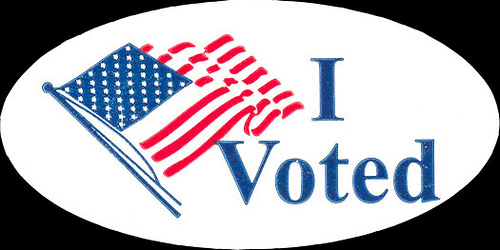
Imagine a state where voters never have to even wait in line or present a photo ID in order to get their ballot. Where bad weather, traffic jams, working late or child care duties never have to interfere with a citizen’s intent to exercise his or her democratic franchise.
A state where it’s the government’s obligation—if it knows a citizen is a registered voter—to deliver the ballot, not force the voter to go to a specific polling location or arrange for an absentee ballot.
Such a state is Oregon, where voters in 2000 approved by a more than 2-1 margin to create what can best be called a "Vote at Home" election system. Two other states—Washington and Colorado—have now adopted the same system, as have 21 of Utah’s 29 counties.
In Vote at Home systems, U.S. Postal Service letter carriers deliver a ballot to every active registered voter about two weeks before every election. Voters typically mark their ballots at home, then have the option of returning them by mail or taking them to any one of hundreds of ballot drop-sites around the state. Voters’ signatures on the return envelope are verified against voter registration cards before ballots can be counted, to ensure election integrity.
This week, former Oregon Secretary of State Phil Keisling will be in Washington, D.C., for an event the AFL-CIO is co-sponsoring with the National Association of Letter Carriers (NALC) to talk about the many benefits of Vote at Home elections. Voters strongly approve of the system; it saves millions in taxpayer dollars in reduced election costs; and, perhaps most important of all, it spurs significantly higher voter turnout, especially in midterm elections. Keisling will be joined by Sen. Ron Wyden (D-Ore.), who was elected in 1996 in the nation’s first-ever federal election that used this system.
As America’s working men and women look ahead to future elections, Vote at Home seems like a simple, common-sense reform with exceptional power to reinvigorate American democracy. Just recently, a new organization—National Vote at Home Coalition—was launched to help support such efforts as a Vote at Home ballot measure campaign that was recently launched by progressive activists in South Dakota. Other ballot measure efforts also are being discussed for several other states, as well as legislative efforts in several other states.
In 2016, an estimated 60 million already registered voters didn’t cast a ballot—and more than 100 million didn’t in 2014. Maybe it’s time to start relying on the genius of Benjamin Franklin—and the U.S. Postal Service he created nearly 250 years ago—to start fixing that.

